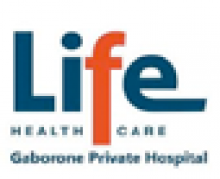- The common consequence of trauma and injury is bleeding and fractures.
- External bleeding is obvious and is best stopped by continuous external pressure with a wound dressing and or towel and elevation of the affected limb.
- Blunt trauma to the chest or abdomen can cause internal bleeding which for the first aider may be difficult to detect.
- Uncontrolled bleeding may lead to "shock" (insufficient blood and oxygen supply to the brain and major organs) and so the control of bleeding is very important.
- Fractures are usually evident by the swelling over a bone at the site of injury, reluctance by the patient to move the bone, deformity, pain and grinding of the two ends of the bone on movement.
- Fractures should be immobilized (splinted) in a position most comfortable for the patient, making sure that the circulation downstream from the injury is intact (pulse, good colour, capillary refill < 2 seconds). The best splints are wire splints covered by padding. The joint above and below the injury should be immobilized.
Trauma

Our Partners








